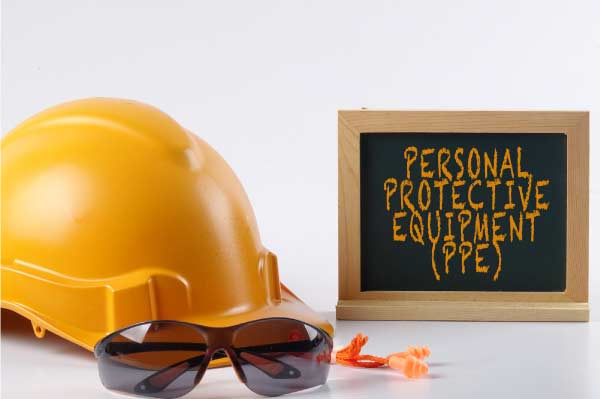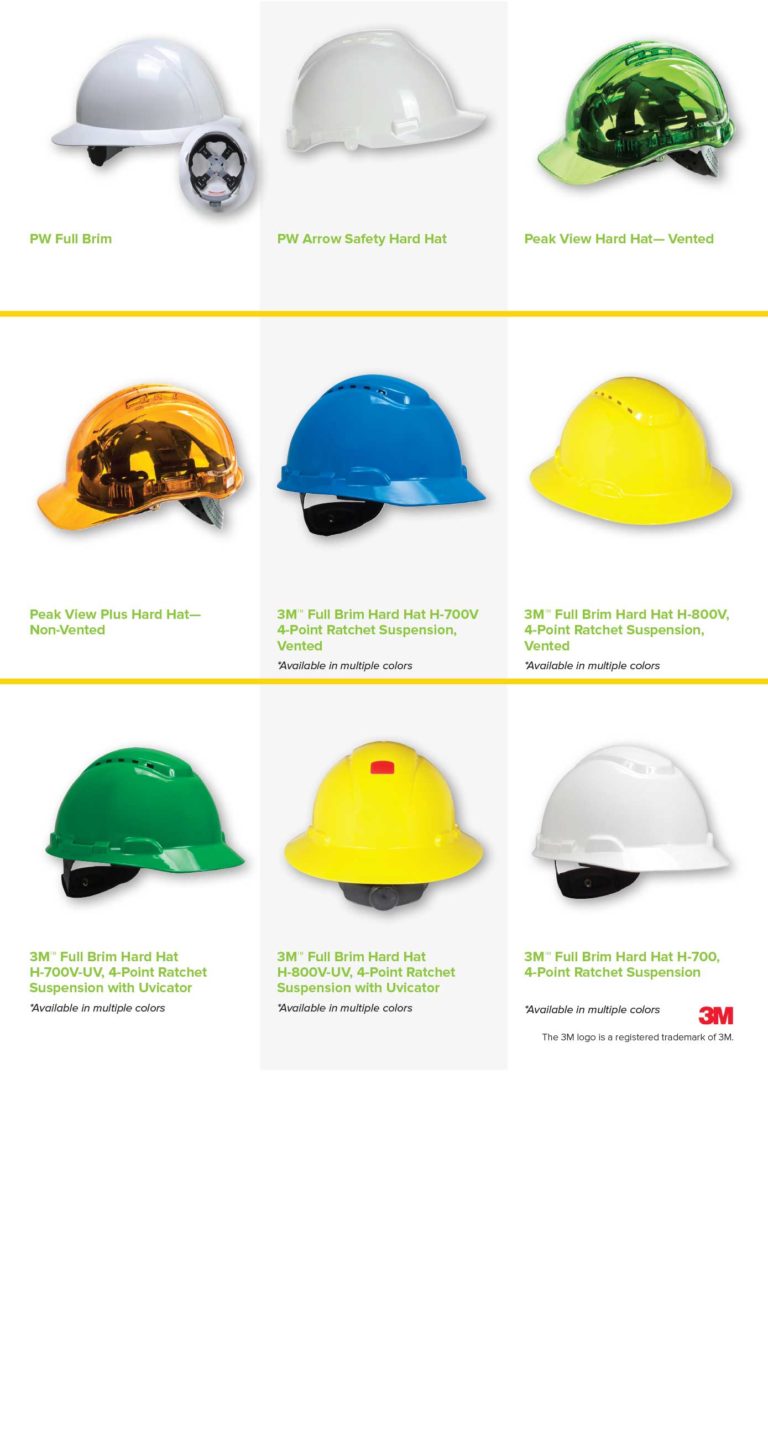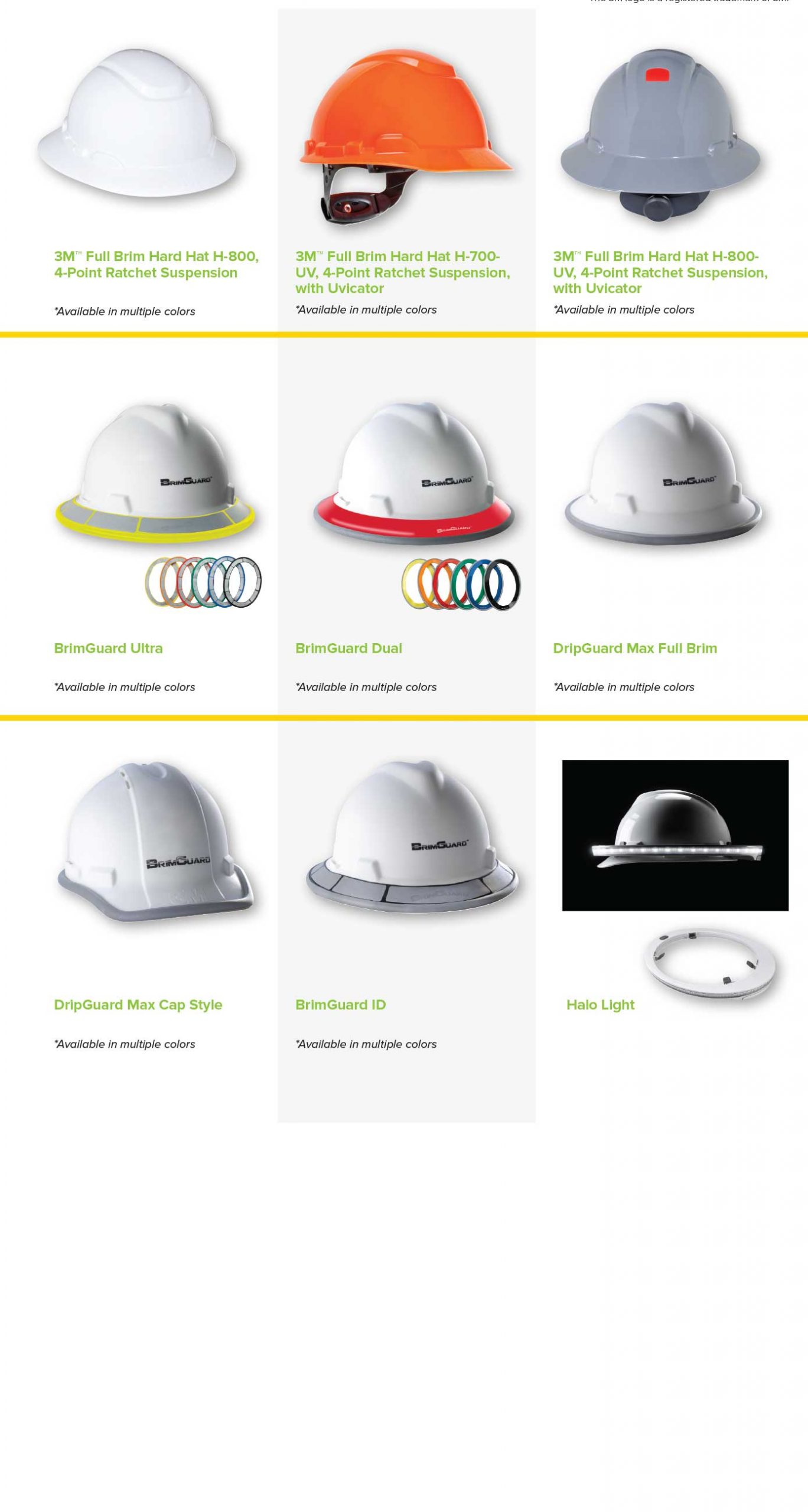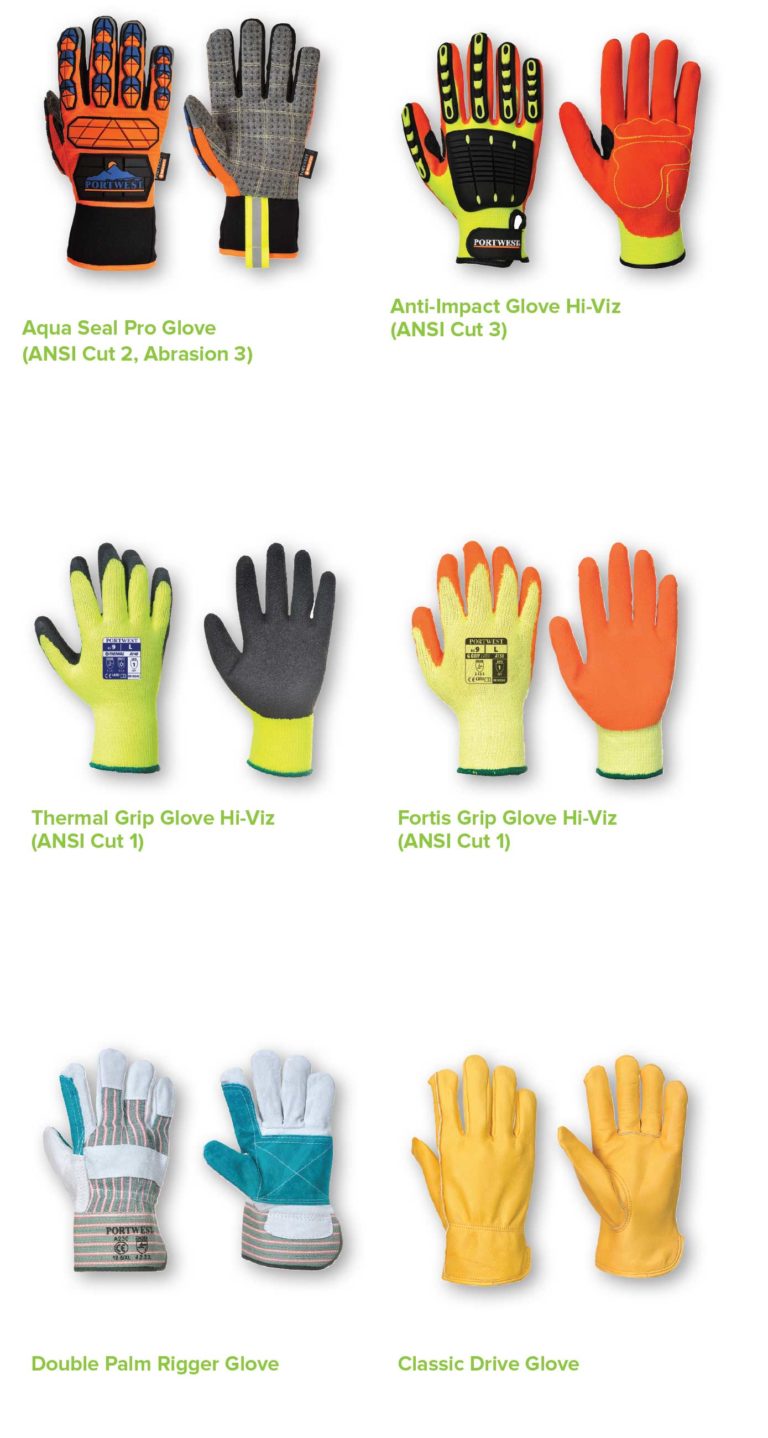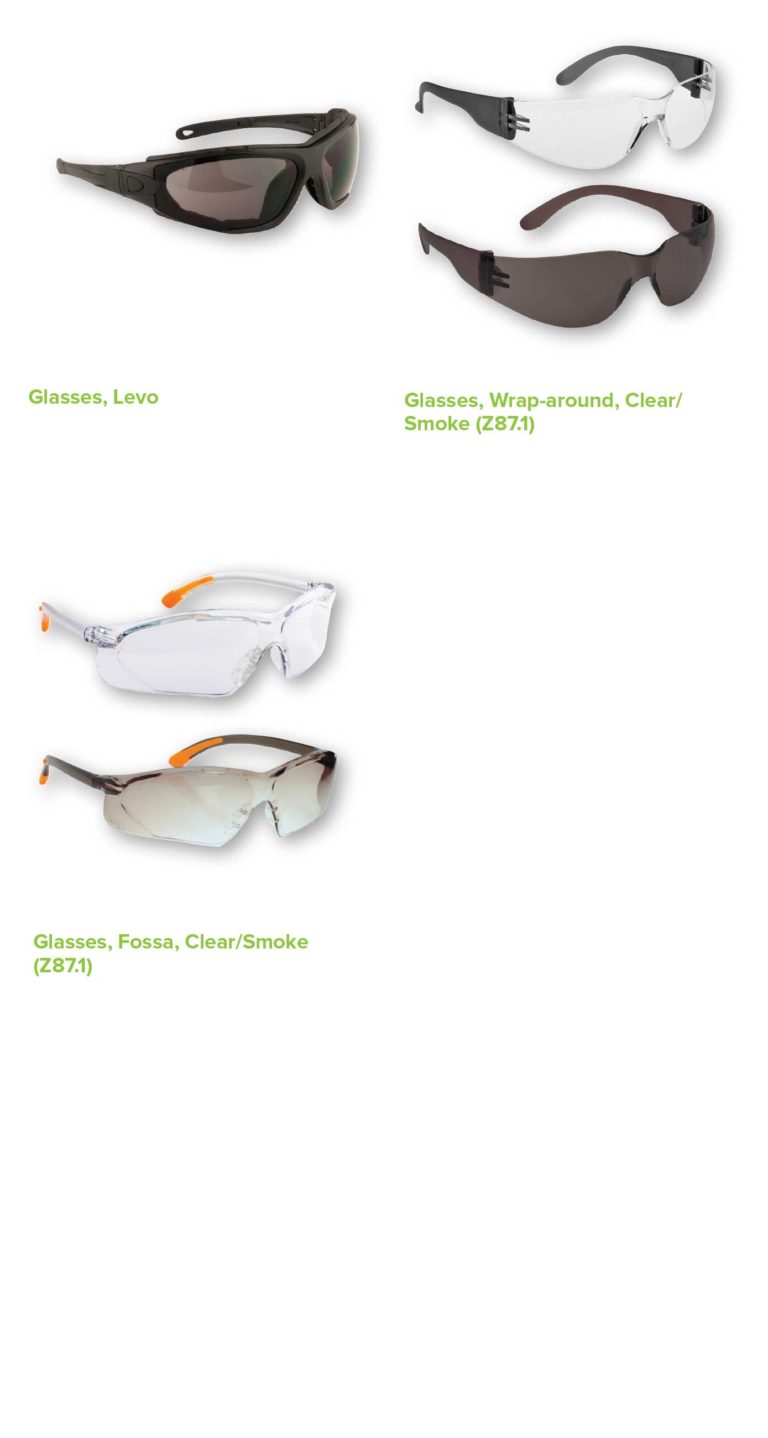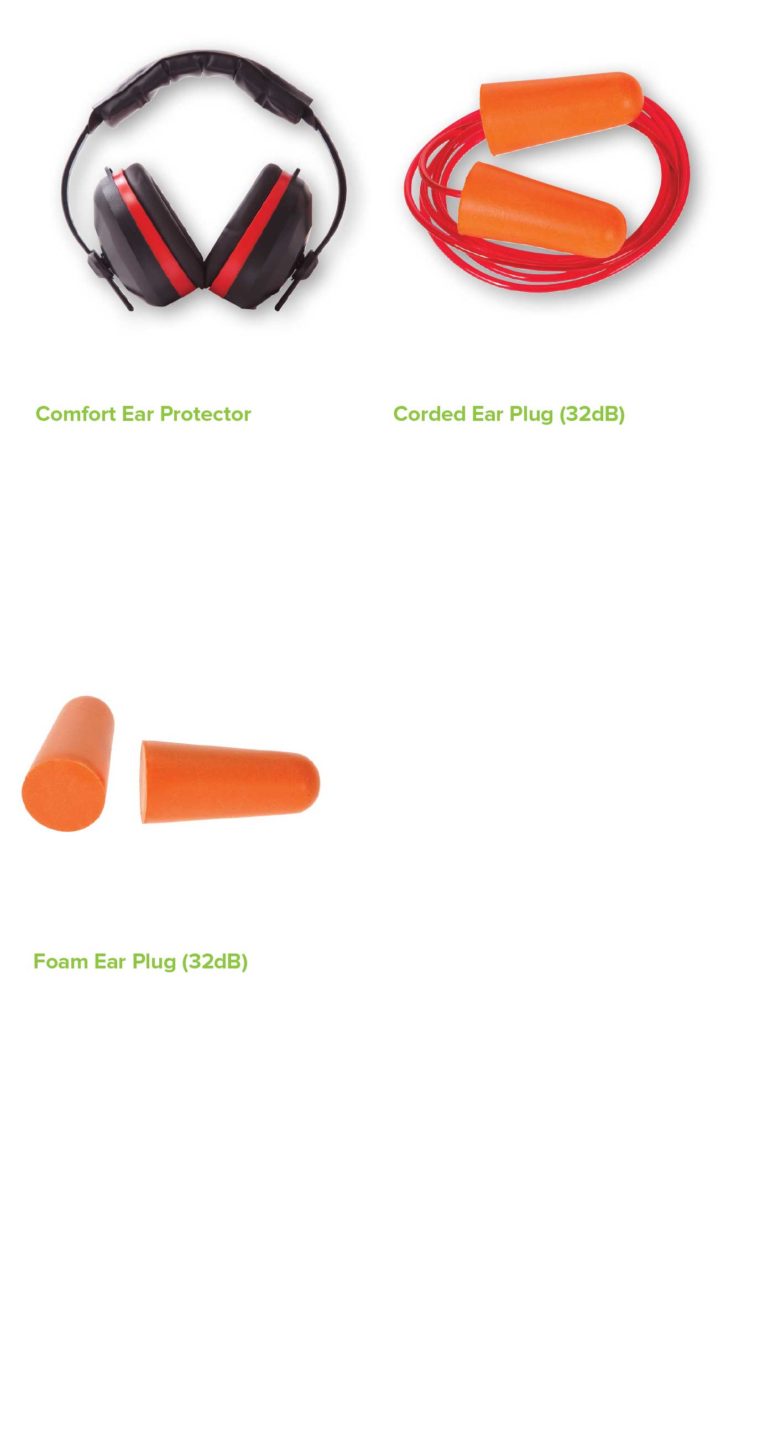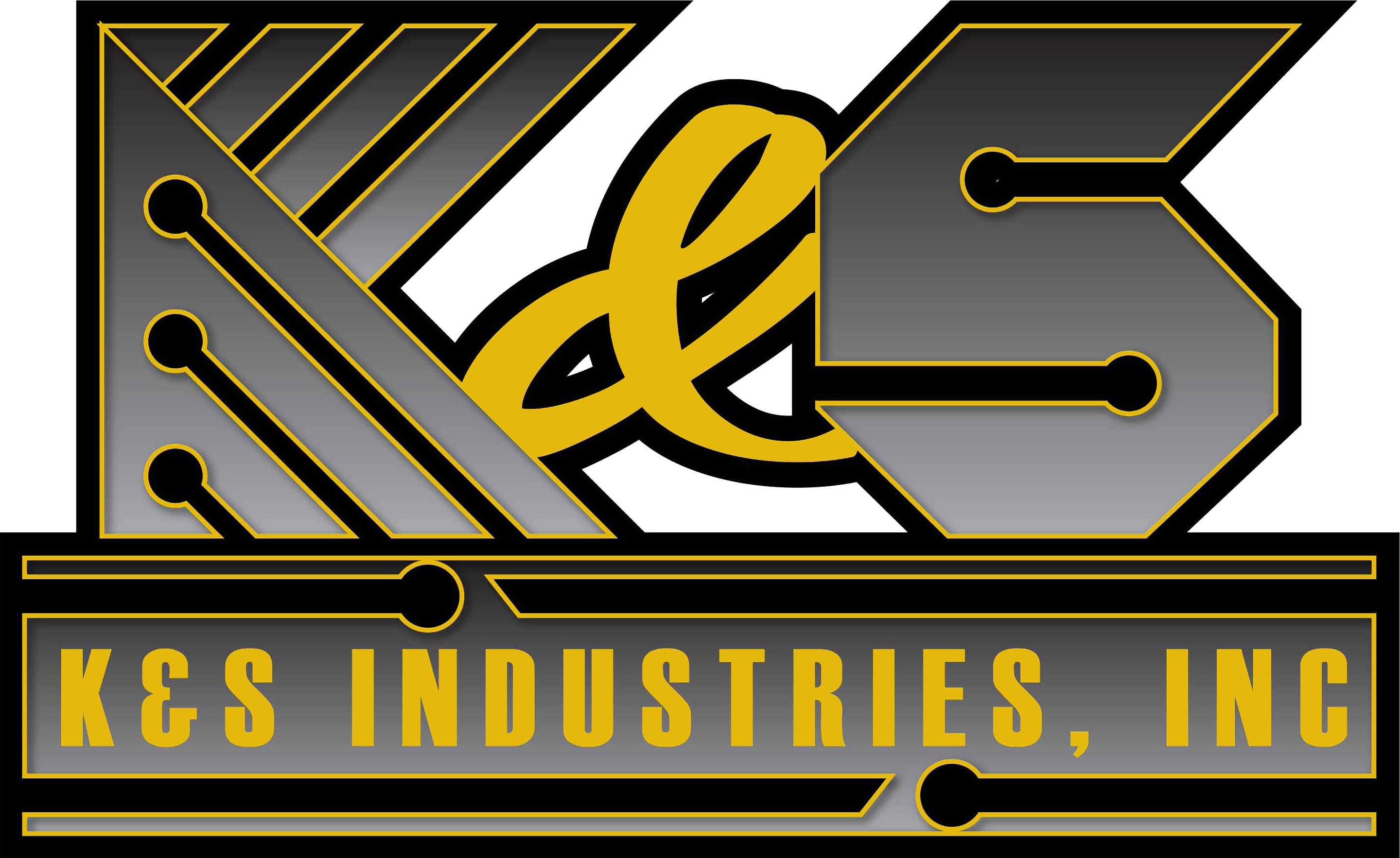*All Products Available for Purchase or Daily Rentals
Flagging
Hand-signaling devices such as STOP/SLOW paddles, lights and red flags are used to control traffic through temporary traffic control zones. The use of STOP/SLOW paddles, which gives drivers more positive guidance than red flags, should be the primary hand-signaling device.
Automated flagger assistance devices (AFADs) are mechanically operated temporary traffic control devices that function under the same operational principles as traditional flagging. AFADs are considered a safety enhancement because they minimize flaggers’ direct exposure to traffic by allowing them to control the flagging device from an area away from traffic, such as behind a guardrail. As a result, the AFAD increases worker safety compared to traditional flagging methods. It is important to recognize that AFADs do not eliminate the need for qualified flaggers at the work zone. Flaggers still must be trained and certified in order to step in as a manual flagger in case of a technology malfunction, or driver intrusion.
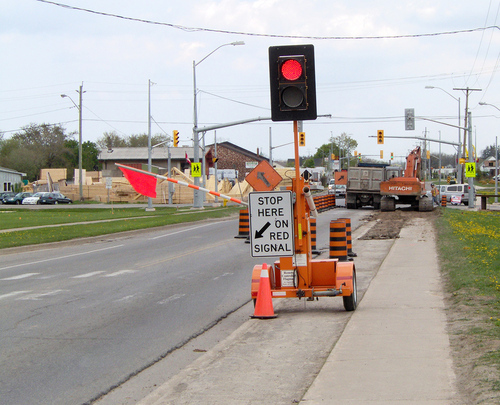
LED Stop Slow Paddle
- Visual-AlertTM outperforms traditional paddles regardless of lighting or weather conditions
- Visual-AlertTM flashing LEDs provide earlier, more effective “alert” than Paddles w/o LEDs
- 3MTM materials available in 3 reflectivity-levels (to accommodate ALL “headlights-on” conditions)
- 3MTM Diamond GradeTM reflective offers optimum visibility and legibility night -or- day
- State & local requirements determine appropriate paddle size and paddle reflectivity-level
- 18″ & 24″ VISUAL-AlertTM are available paddle only -or- paddle w/removable support-staff
- 72″ & 84″ support-staffs accept both paddle sizes (6-1/2″ paddle-
handles fit inside either staff) - Support-staff minimizes operator fatigue and is strongly recommend- ed for both paddle sizes
- Visual-AlertTM has solid-state circuitry and operates in all weather conditions: -40° F to +130° F
- ALL paddles have manual “on/off”; 18″ paddles also turn on -or- off when raised or lowered
- 18″ requires three (3) C-cells; 24″ requires four (4) C-cells [batteries sold separately]
Orange Fiberglass Handle Stop/Slow Paddle
The SafeZone series STOP/SLOW paddle is designed to allow the staff to telescope from 54″ to 84″ for ease of use controlling traffic through temporary traffic control zones. It is available in reflective and non-reflective faces and comes in 18″ and 24″ sizes.
Safe–An ergonomically designed screw-type compression fitting on the telescopic mast, combined with a non-skid rubber cap on the bottom of the HI-VIZ orange fiberglass mast, makes the SafeZone Series paddle both simple and economical.
Durable–The pultruded hollow fiberglass mast, coupled with the fiberglass reinforced plastic (FRP) sign face, makes the SafeZone series STOP/SLOW paddle both lightweight and durable, even in extreme temperatures and abrasive environments.
Stop-N-Slow Cover–A fluorescent orange cover will add longer life to the faces.
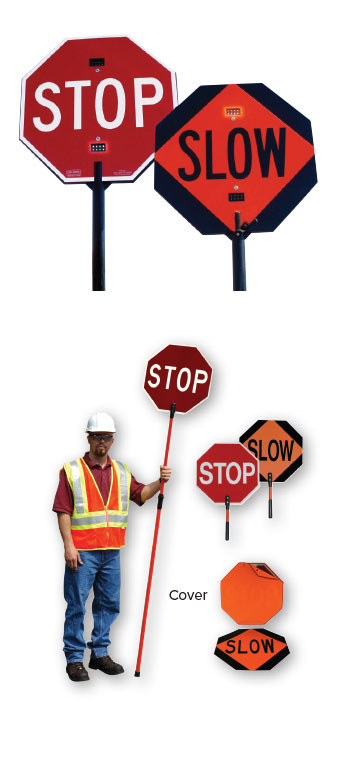
Single-head with gate-arm design for short-term flagging needs.
The RCF 2.4 Automated Flagger Assistance Device is designed to be operated by a Traffic Control Person via remote control, from a safe location. One flag-person can control one or two units in work zones up to 800 feet long, or two flaggers can operate two units in work zones.
Features
- 8 foot, highly visible gate-arm
- Provides “positive,” visual vehicle control
- Flagger stands at a safe location while controlling traffic
- Flagger is safe during control of traffic
- User-friendly controller design
- Operator training takes less than 5 minutes
- Hand-held radio remote control – one flagger can control one or two units with a clear line of sight
- Lightweight design with quick setup time.
- Can be repositioned by hand as opposed to by truck
- Each controller can be designated as a Primary Unit, or a Secondary Unit
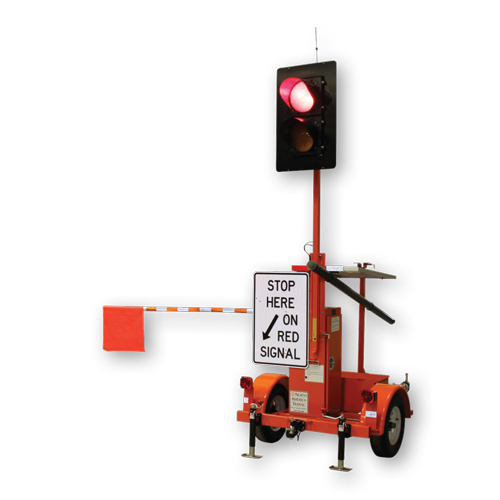
Safety Apparel
The first consideration in selecting safety apparel should be your State and local standards and regulations. The National standard is that all workers within the right-of-way of a Federal-aid highway who are exposed either to traffic or to construction equipment shall wear high-visibility safety apparel that meets Performance Class 2 or 3 of the ANSI/ISEA 107-2004. Personal protective safety clothing is intended to provide conspicuity during both daytime and nighttime usage. The key to selecting the right apparel is selecting apparel that offers optimum visibility with comfort in daytime, low-light, and nighttime conditions in a variety of work environments.
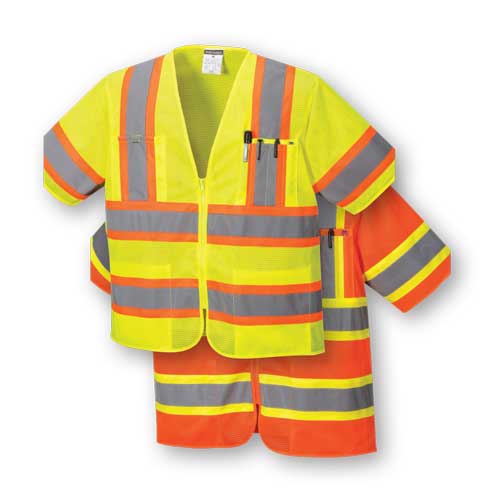
Safety Vests

Safety Pants

Safety Jackets

Safety Shirts

Personal Protection Equipment (PPE)
Proper safety equipment should be worn by all personnel inside the work zone. Personal protective equipment (PPE) includes but is not limited to hard hats, steel-toed boots, eyewear, highly visible clothing and, depending on the noise levels, hearing protection. All PPE should meet or exceed the American National Standards Institute’s (ANSI) developed standards.
